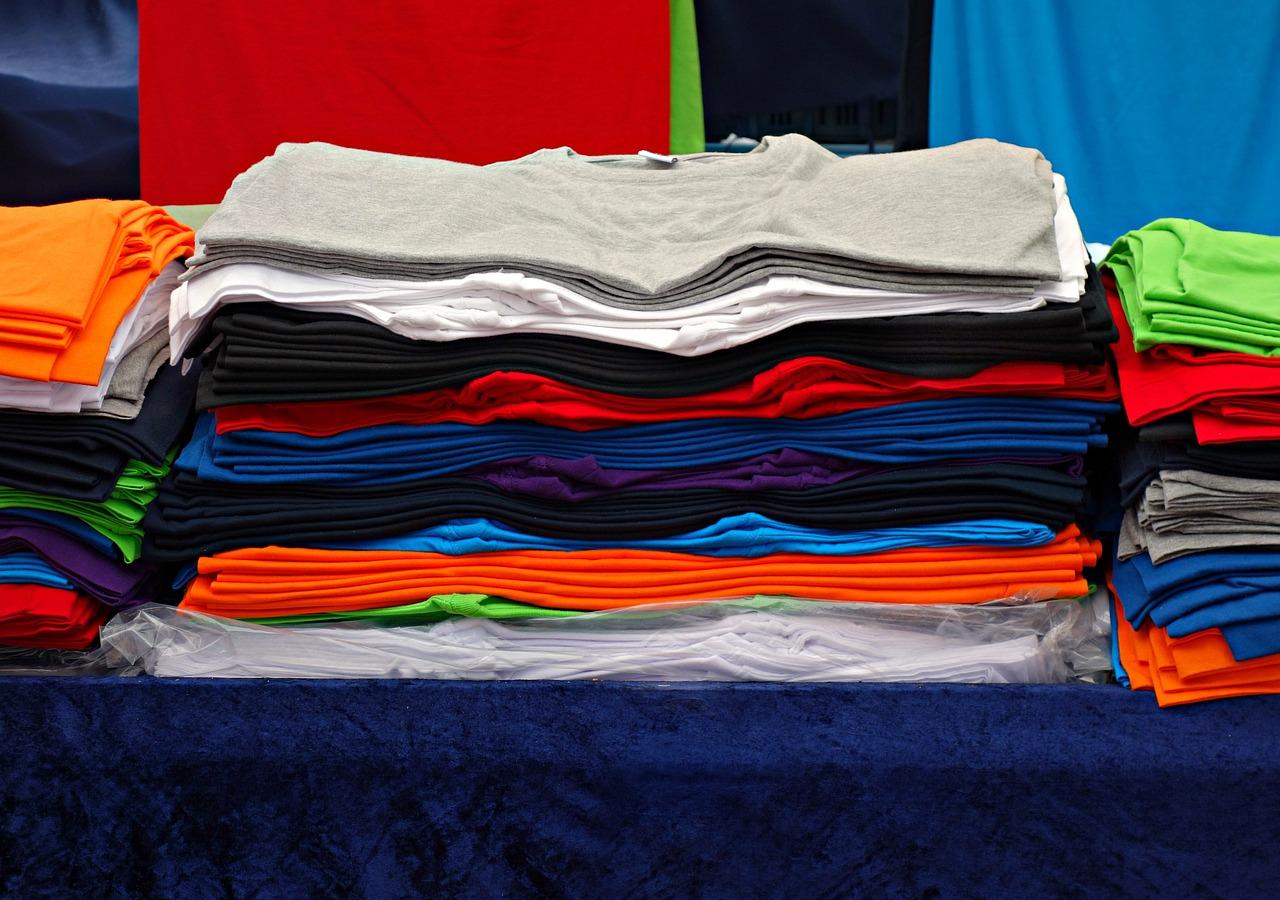Offering used clothing for donation may seem fairly straightforward. You drop it off at a donation center, and it is sold to someone who needs it. But the clothing donation process consists of a few more steps. Here is how the donation process for donating clothing works:
Dropping Off
The clothing donation process starts with you. You select items you believe you no longer need and are willing to give up. After packaging them in the right way, you drop off donations at the nearest donation center else you can also make use of pick up donations. Your bag of donated clothing (make sure you pack it dry) will remain dry and secure in watertight bins after you drop it off.
Sorting
Your donated clothing will mix with the collection centers' other donations. Once they meet the organization's goals, sorting begins. Depending on how often a center receives donations, they can schedule sorting once or twice weekly. The staff sorts your donated goods to see what can be sold in nearby thrift stores. Sometimes, the sorted items could go to a neighborhood cause, like helping the homeless with warm clothes during winter.
Charities could also sell these loads to sorting houses. These companies categorize individual items based on gender, size, type, and quality. Brokers may then locate local and international buyers for the different categories.
Selling in Local Thrift Stores
After sorting, high-quality products are sold at local thrift stores. The gently used items go for everyday low prices, so your donated piece of clothing could become someone else's priceless item.
After a few weeks, local thrift stores move unsold merchandise to other outlets across the country. In these locations, the prices of clothing items are much lower. In case they still don't sell, some charities offer public auctions for assorted boxes of things. These actions serve to liquidate the remaining donations.
Through all the above means, only a small portion of the donated or used clothing manages to sell within the United States. Most of the rest is shipped abroad, with the proceeds funding charitable initiatives.
Selling Abroad
The idea that all clothing donations go back into U.S. local communities is common. Most of the clothing that major charities collect ends up in markets overseas. The United States exports over one billion pounds of used clothing each year, ranking it the eighth largest export.
Donation clothing sent abroad ends up in developing nations like South America and sub-Saharan Africa. These clothes can be sold on a smaller scale in those nations. The second-hand trade generates employment and gives those with limited resources access to affordable clothing.
The clothes to be sent abroad are wrapped in plastic packaging and strapped together into a package. When the shipment arrives, the importer unpacks the container and sells individual bales.
Vendors who run used clothing stalls in the nearby market areas might purchase a few bales each week. They will price each item after sorting it according to type and quality. Customers with more money may buy more expensive items, while those with less money have the option to purchase much cheaper items.
Recycling
Most charity organizations try to recycle or salvage donated items that remain unsold. They may upcycle these items into clothing or downcycle them into things like wiping rags for vehicles. Organizations like S.M.A.R.T. promote textile recycling among the collection and sorting companies. These companies forward all unsold items to S.M.A.R.T. for recycling to help lower the number of textile wastes in landfills.
S.M.A.R.T. processes 30% of donated clothing into rags for industrial use, and turns 20% into insulation for cars and homes, soft fiber filling for furniture, and other uses. Most of the other half resold, with about 5% ending up in landfills.
Disposing
Not all used clothing is sold or recycled; some are beyond repair and end up in incinerators and landfills. Recycling and donation firms dispose of damp clothes with mildew or hazardous stains like engine oils because they are no longer safe for resale.
Donate at a Clothing Donation Center Near You
Do you have unused clothing filling up your closet? Take them to a clothing donation center near you. It may benefit someone in need somewhere in the world or return to you as a fiber filling in your furniture. Go and make your charitable clothing donation today.
Also Read: Voids in the Fashion Industry
